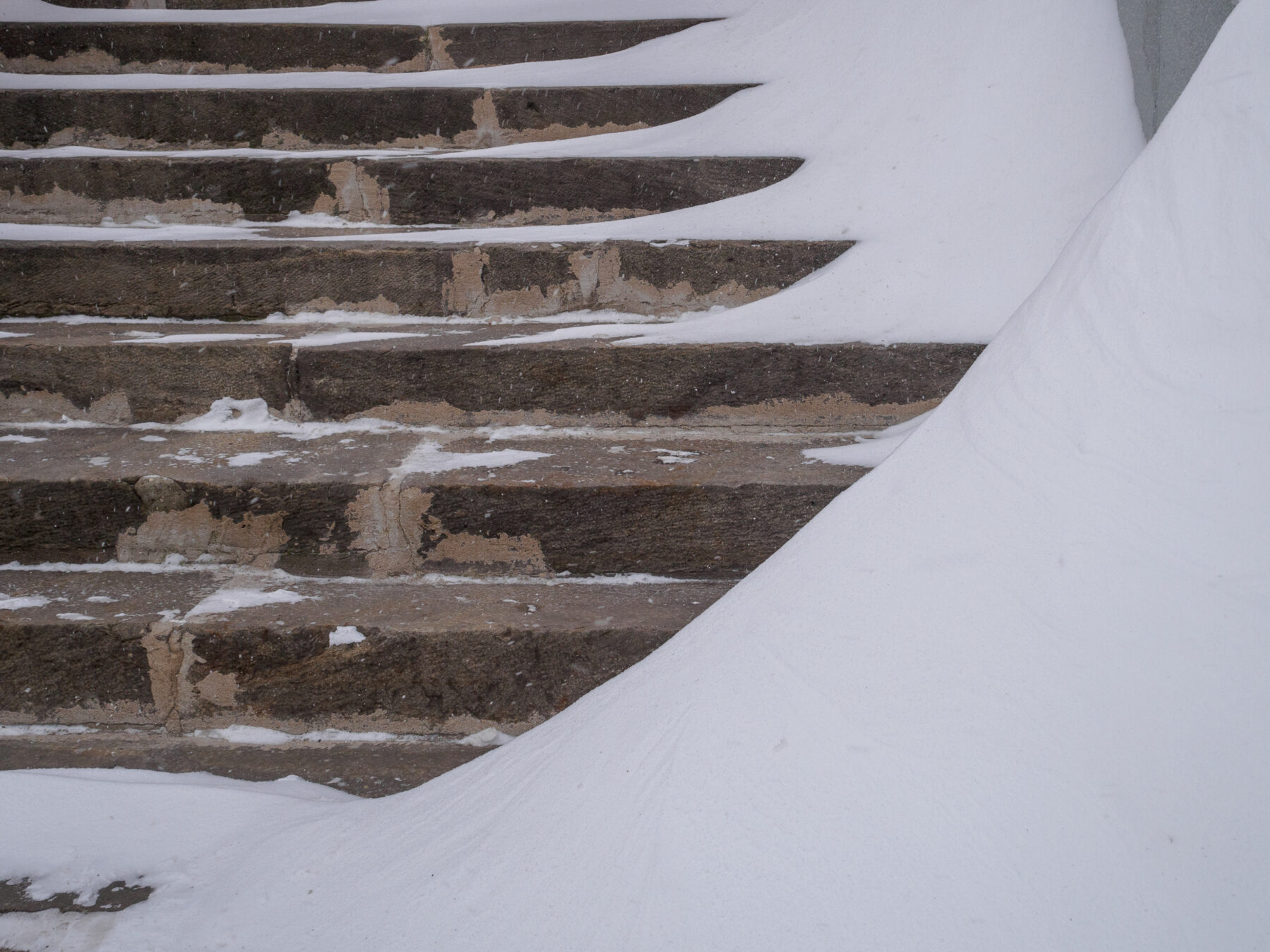Insider Tips for Successful Pre-Winter Concrete Pouring
October 2, 2023

Even as winter approaches, the construction industry is in full swing. However, it’s a well-known fact that colder temperatures can pose challenges to construction projects, especially concrete pouring. However, with the right preparation and knowledge, pre-winter concrete pouring can be smooth and successful. At Holliday Sand and Stone, we’re sharing some insider tips that have helped us master this art.
Monitor the Weather:
Before you start, always check the weather forecast. Concrete sets best at temperatures between 50°F and 60°F. If you expect temperatures to plummet overnight, consider rescheduling or preparing for special measures. Remember, successful pre-winter concrete pouring starts with an informed decision.
Use the Right Concrete Mix:
Cold weather can slow down the setting time of concrete. So, opt for a mix with accelerators that speed up the curing process. This reduces the risk of freezing and ensures a strong finish.
Prepare the Ground:
Cold grounds can suck the heat out of fresh concrete. This makes it crucial to ensure that your pouring surface is warm and dry. Use insulating blankets or ground heaters if the ground temperature is below the recommended setting range. A warm base ensures that your concrete cures uniformly.
Warm Up the Ingredients:
Here’s a nifty trick – heat up the water or aggregates before mixing. This results in a warmer mix, which is ideal for pouring in colder climates. Remember, every bit of warmth can make a significant difference in the setting process.
Limit Water Content:
Too much water can weaken the mix and increase the setting time. In colder weather, this can be a significant setback. Use the minimum amount of water necessary for the mix. This ensures a quicker set and stronger concrete.
Protect the Fresh Pour:
This step cannot be emphasized enough. Once you’ve poured the concrete, shield it from the elements. Use insulating blankets or burlap to keep it warm. These materials not only maintain the temperature but also prevent rapid evaporation, which can lead to surface cracking.
Extend the Curing Time:
In colder weather, concrete takes longer to gain strength. Be patient and allow the concrete to cure longer than you would in warmer conditions. This might mean resisting the urge to finish the surface too quickly or waiting an extra day before allowing foot traffic.
Avoid Sealing Fresh Concrete:
While sealing concrete is a great practice, doing so immediately after pouring in colder weather can trap surface moisture. This can lead to a weakened surface layer. It’s best to wait for the concrete to cure thoroughly before sealing.
Be Prepared for Rapid Changes:
Weather can be unpredictable, especially during the transition seasons. Always be equipped with the necessary tools and materials to handle sudden cold snaps. This might include having a supply of insulating blankets on standby or access to a ground heating system.
Seek Expertise:
If you’re unsure about any aspect of pre-winter concrete pouring, don’t hesitate to consult experts. At Holliday Sand and Stone, we’ve faced and overcome countless winter concrete challenges. We’re always here to provide guidance or services tailored to your needs.

